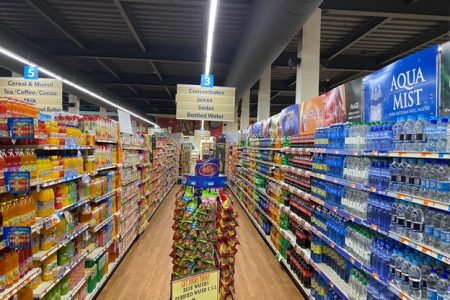
Current Conclusions
So, we have come to the end of these reflections on the 150-year-old story of nonalcoholic carbonated beverages, popularly called “sweet drink” in Guyana.

So, we have come to the end of these reflections on the 150-year-old story of nonalcoholic carbonated beverages, popularly called “sweet drink” in Guyana.
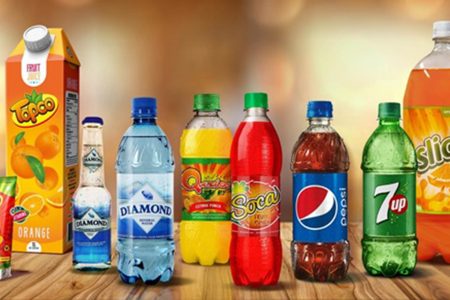
Demerara Distilleries Ltd. The early 1990s saw a new player in the Guyanese sweet drink marketplace: Demerara Distilleries Ltd.

Beverage mixing has been a tradition in Guyana. In 1924, Gaston Smith, the U.S.
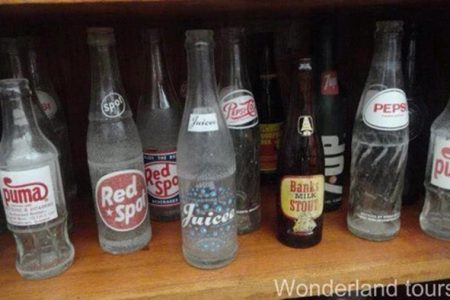
On February 23, 1970, Guyana adopted a Republican constitution and became the Cooperative Republic of Guyana.
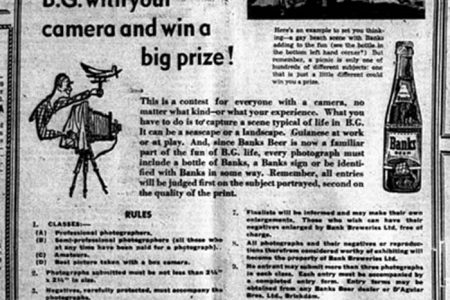
Tie-in marketing is an approach in which a company purposefully creates an association between the company, its products or services, and whatever is trending or hot in the collective consciousness at that moment.
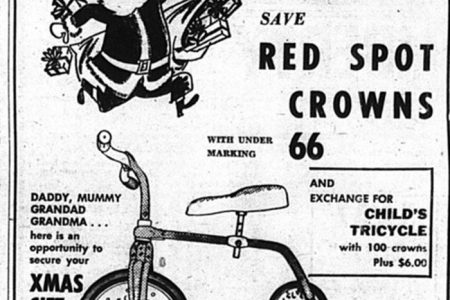
By the early late 1950s, the Cola brands in British Guiana began to introduce innovations such as image advertising.

The war for the Guyanese palate was dominated by three urban companies.
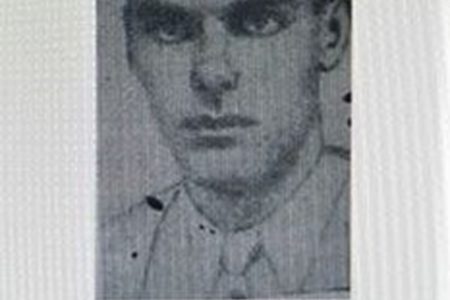
There has always been competition in the Guyanese aerated drink market.
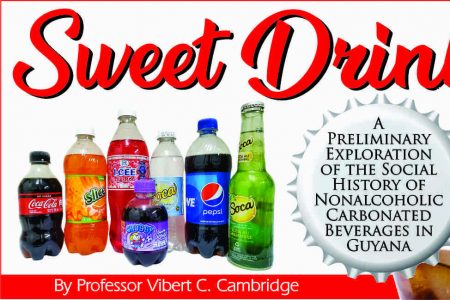
When Alfred Mohamed entered the lemonade business in the 1930s, all aspects of the process (bottle washing, syrup boiling, carbonation, filling, crowning [corking or capping], and packing) were manual.

The previously mentioned 2020 Facebook communication and in-depth, in-person conversations with family members about “sweet drink” led to the selection of the individuals who are profiled in this installment.

One is not certain about the first flavors of “sweet drink” to be bottled in British Guiana.
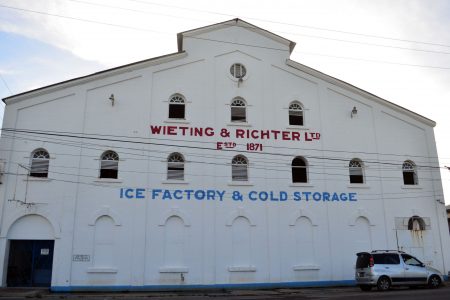
In the previous installment, we noted that, as was the case with Josė Gomes d’Aguiar, Carl Wieting and Gustav Henri Richter, the founders of Wieting & Richter Ltd.,

One of the consequences of the increased attention to British Guiana as a place to “try one’s luck” was a shortage of hotel and recreational facilities in Georgetown.
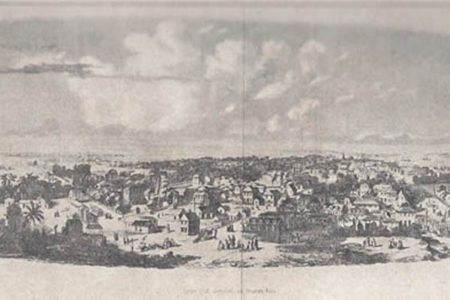
Enslaved Africans had been emancipated for less than two years when Richard Schomburgk, a Prussian scientist, arrived in hot and humid equatorial British Guiana on the evening of Friday, January 21, 1840.

Editor’s note: This is the first entry in a series, “Sweet Drink: A Preliminary Exploration of the Social History of Nonalcoholic Carbonated Beverages in Guyana (1870–2020),” based on Professor Vibert Cambridge’s research.
The ePaper edition, on the Web & in stores for Android, iPhone & iPad.
Included free with your web subscription. Learn more.